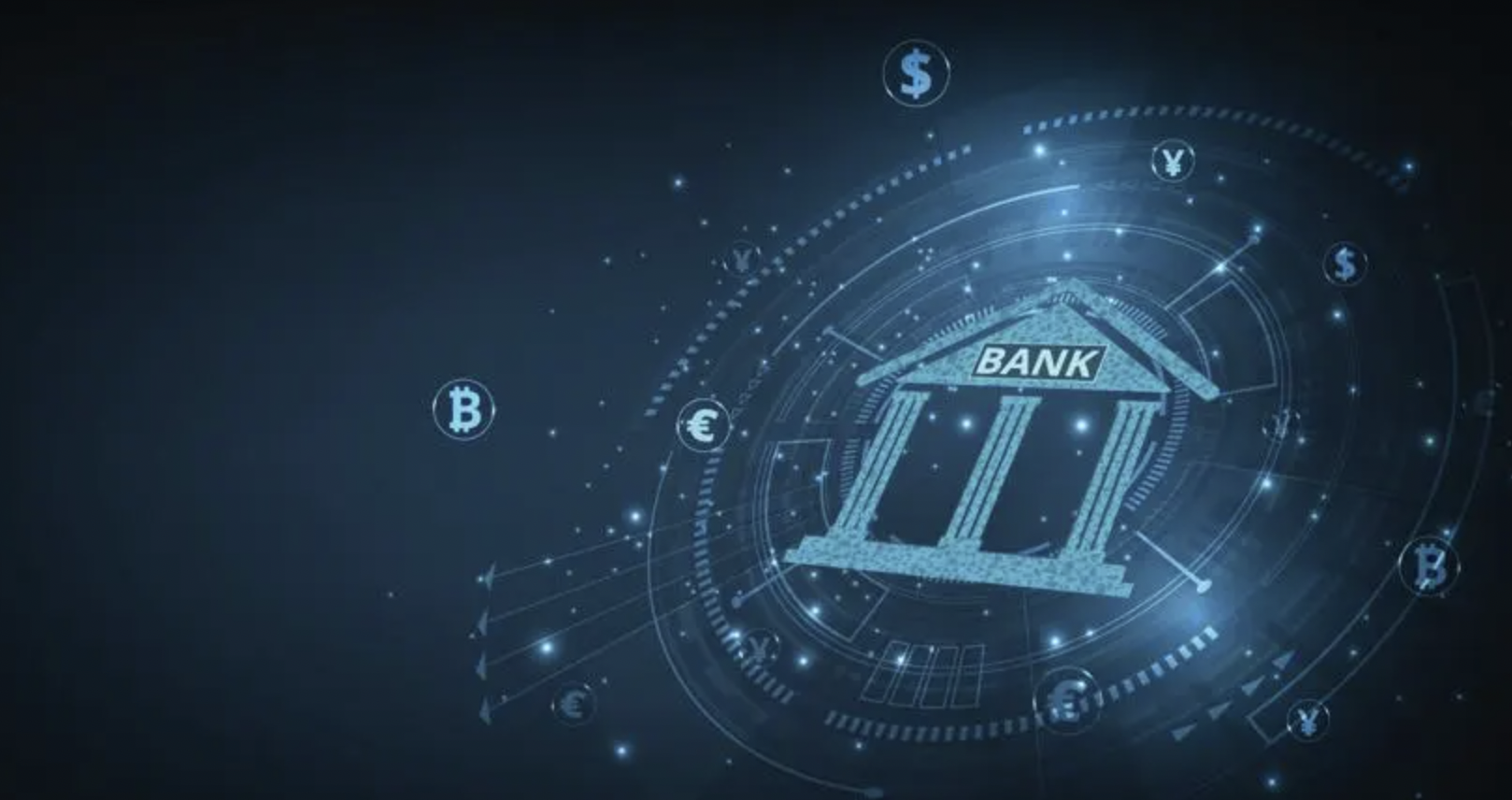Rethinking Money Creation in the Age of Chains and Private Credit
The rise of private credit and blockchain-driven tokenization is challenging traditional money creation through bank lending, signalling the need for a fundamental rethink of the fractional reserve banking system.
As blockchain technology advances and the nonbank private credit sector grows, the traditional approach to money creation through bank lending is increasingly being challenged. This transformation poses fundamental questions about the viability of the fractional reserve banking system, as private credit tokenization becomes more integrated into the economy.
The Case for Rethinking Money Creation
The tokenized asset market is on track to reach a staggering $4 to $16 trillion by 2030, according to projections from Boston Consulting Group and McKinsey & Company. Tokenization offers numerous advantages, including enhanced liquidity, fractional ownership, and increased investor participation. However, it also accelerates the decline in traditional bank lending—a trend that has been gaining momentum since the 2008 financial crisis, driven by the rise of securitization and private credit.
Currently, individuals control over half of the world’s $290 trillion in wealth, with a mere 5% allocated to alternative investments. Blockchain technology could dramatically shift this landscape, potentially boosting the share of alternative investments to 20%, thereby expanding the market by trillions of dollars.
A recent paper by professors at Harvard and Duke underscores this shift, highlighting how Corporate America is increasingly turning to private credit sourced from dispersed, passive investors rather than traditional banks. This democratisation of corporate funding has transformed the landscape, moving discipline in debt funding from banks to trading markets. Data from the Federal Reserve indicates that direct lending has grown 17-fold since 2009, while loans as a share of bank assets have plummeted from 70% in 1970 to just 55% today. These trends suggest a fundamental shift in the mechanisms of money creation, sidelining traditional bank loans and reshaping the economic foundation.
The Decline of Fractional Reserve Banking
In this evolving landscape, the fractional reserve banking system appears increasingly outdated and may even hinder economic growth. Traditional banks create money by issuing loans, which in turn generate deposits in borrowers’ accounts. This process increases the money supply, fueling economic activity. However, direct lending and nonbank private credit funding simply redistribute existing money without generating new deposits, leaving the money supply stagnant even as economic output grows. This decoupling can lead to deflationary pressures, as a stagnant money supply chases an increasing supply of goods and services.
As private credit expands and blockchain-driven tokenization becomes more widespread, the relationship between money creation and economic activity changes. This shift could exacerbate the decoupling between money supply and economic output, posing significant challenges for monetary policy and economic stability.
The Risks of Decoupling
The decoupling between rising economic output and a stagnant money supply poses a serious risk of deflation, a scenario where more goods are produced without a corresponding increase in the money supply to purchase them. This situation could lead to economic stagnation, as seen in Japan during the 1990s. Japan’s persistent deflation was partly driven by a sluggish response to rising private credit without adequate money supply growth. Similarly, during the Great Depression, the misalignment between economic activity and a shrinking money supply led to severe deflation and prolonged economic hardship.
Embracing Tokenization as the Future of Finance
As private credit gains ground and blockchain technology continues to disrupt traditional financial systems, society must consider how to respond. One approach could involve countering these trends through regulation and restrictions. However, a more forward-looking strategy would embrace these changes, leveraging technological advancements for positive transformation.
The Federal Reserve has noted that monetary policy becomes less effective in a landscape dominated by private credit compared to traditional bank credit. This reality suggests that we need to reconsider our approach to economics in light of increased tokenization, which is likely to become a dominant force in the financial world. Instead of resisting this inevitable evolution, now is the time to re-evaluate and upgrade our money creation system to align with the emerging realities of a digital, decentralised economy.
The Evolution of Money Creation
The modern financial landscape is drastically different from the one that Adam Smith and David Hume, the pioneers of economic thought, envisioned when they laid the theoretical foundations for the fractional reserve banking system in the 18th century. They believed that banks, with their deep understanding of economic activity, were best suited to manage the money supply.
However, the rise of private credit, securitization, and blockchain-based tokenization has significantly diminished the role of traditional banks in the economy. As we move further into the 21st century, it is clear that the centuries-old ideas underpinning the fractional reserve system need to be rethought and adapted to fit the needs of a rapidly changing financial world.
The shift towards private credit and tokenization marks a pivotal moment in the history of money creation. As these forces reshape the financial landscape, the time has come to rethink our approach to money and embrace the opportunities presented by technological advancements.

